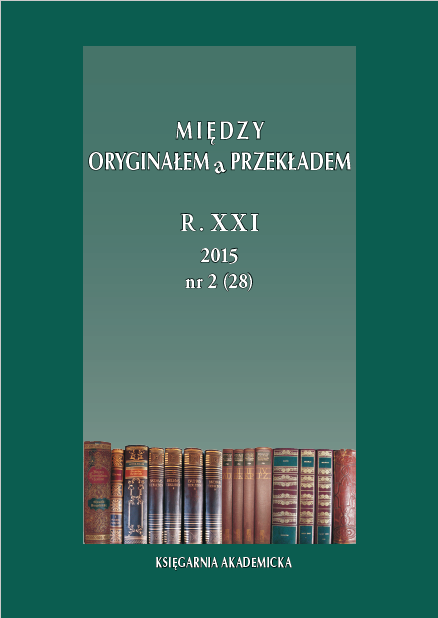Przekład z języka japońskiego – wielopłaszczyznowa semiotyka poezji japońskiej
Translating Japanese – multilayered semiotics of Japanese poetry
Author(s): Joanna ZakrzewskaSubject(s): Language and Literature Studies, Translation Studies
Published by: KSIĘGARNIA AKADEMICKA Sp. z o.o.
Keywords: Japanese language; kanji; kana; poetry; haiku
Summary/Abstract: The translation of the Japanese poetry is an extraordinary challenge for a translator. The specificity of this language comes not only from the diversity of morphological, inflexive or word formation differences. First of all, it is a language embedded in a completely different culture. The important element is a writing system based on the three sub‑characters: kanji ideograms and two kana syllabaries. For this reason the poetry comprises two layers: the verbal and the graphic layer. The translator maintaining concised utterances, essential feature of Japanese poetry, must express in the translation all the wealth of meanings, contained in both, verbal and graphic layers of the original. In Japanese poetry, besides those two mentioned earlier layers, there are also many rhetorical figures, which develop in a reader’s eyes many images‑associations overlaping the content of a poem by adding them “between the lines”.
Journal: Między Oryginałem a Przekładem
- Issue Year: 2015
- Issue No: 28
- Page Range: 139-160
- Page Count: 22
- Language: Polish

